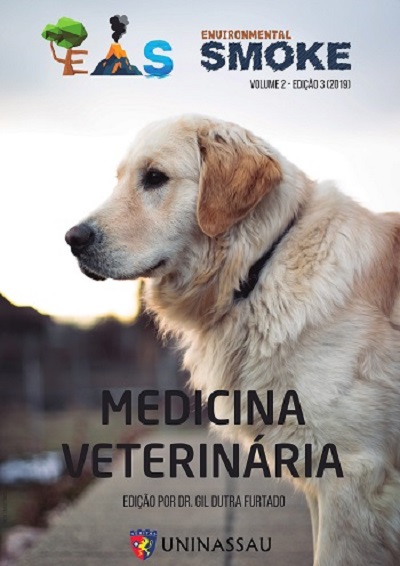CASTRATION OF DOGS AND CATS AS A FORM OF POPULATION CONTROL AND ZOONOSES
Views: 1092DOI:
https://doi.org/10.32435/envsmoke.20192362Keywords:
Zoonoses, Preventive Veterinary Medicine, Animal Population Control Unit.Abstract
Preventive Veterinary Medicine aims, among other objectives, to prevent the emergence and spread of zoonoses, promoting the improvement of living conditions in communities, acting in the planning of public policies through epidemiological tools. Being the dispersal of dogs and cats, a risk factor for the emergence of various diseases, especially zoonoses, methods such as castration tend to promote a reduction in the proliferation of these, collaborating so that the risk of spreading zoonotic diseases is also reduced. Through the analysis of data collected at the Center for Environmental Monitoring and Zoonoses of the municipality of João Pessoa, Paraíba State, Brazil, during the year 2018, it was possible to observe the quantitative of castration surgical procedures done in canines and felines in order to decrease the proliferation of these in the streets. A monthly average of 248 clinical trials of cats and dogs were made. Of these, 223 were castrated, 168 felines and 55 canines. The expressive difference in the quantity of castrated canines when compared to felines can be explained by the habit of life of the latter, which allows them a greater mobility externally to the home, showing themselves more exposed and, consequently, more difficult to be created exclusively in the home. These features contribute to their owners having greater concern in castrating them. It is necessary to know the previous history of the animals to the spay, and more precisely, with respect to the form of the development (domestically, semi-domestically, or in the street). It has been suggested that part be considered to be a useful, accessible, and safe, to contribute to the population control of cats and dogs, as well as the prevention of the spread of zoonotic diseases.
Downloads
Downloads
Published
How to Cite
Issue
Section
License
The copyright for manuscripts published in Environmental Smoke belongs to the author, with first publication rights for the journal. The published articles are of total and exclusive responsibility of the authors.
































































